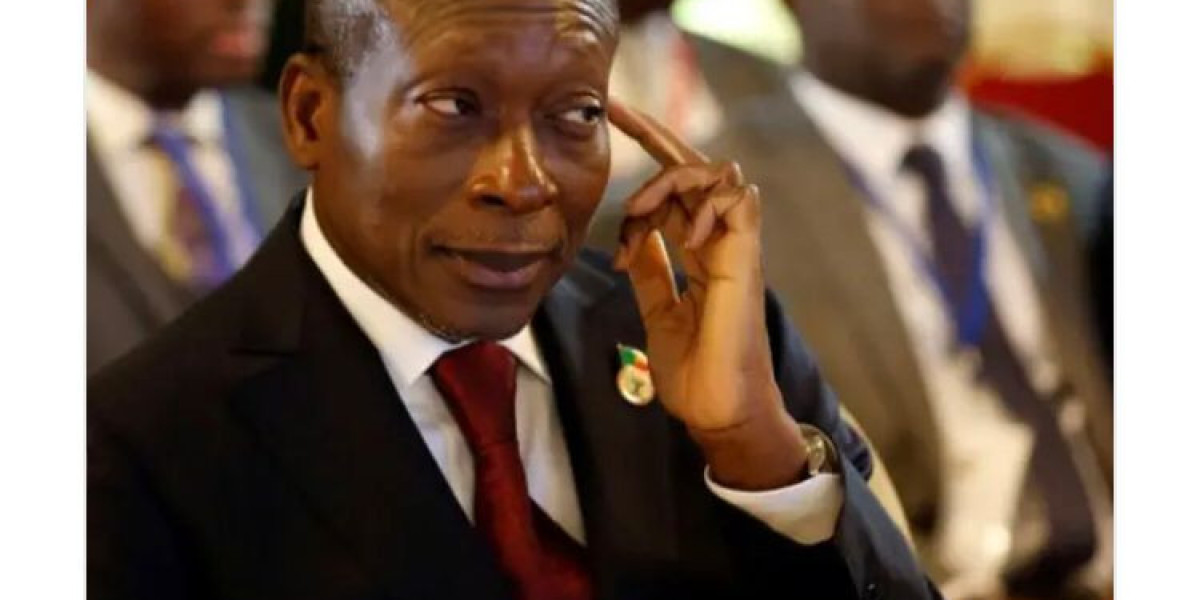The recent depreciation of the Nigerian Naira and the rapid rise in the exchange rate of the US Dollar have sparked concerns among Nigerians. This depreciation has occurred since June 14, following new operational measures introduced by the Central Bank of Nigeria (CBN) in the foreign exchange market.
Since then, the Naira's value has dropped by 21% to N930 per dollar in the parallel market, and by 66% to N781.34 per dollar in the official market, known as the Investors and Exporters (I&E) window. This depreciation has significant implications, leading to higher prices for goods and services, increased inflation, and concerns about the country's reliance on imports.
Two main factors contribute to the rapid rise in the exchange rate.
Firstly, there's a decline in the supply of US Dollars into the economy, while demand for dollars remains high due to Nigeria's dependency on imported goods. The nation's external reserves, which represent available foreign currency for imports, have fallen from $37.15 billion on December 31, 2022, to $33.92 billion on July 9, 2023. Foreign exchange inflow sources like export earnings, remittances, investments, and foreign aid have decreased, while outflows for imports and debt servicing have remained consistent.
Net Forex Inflow (NFI), a crucial indicator of the economy's forex inflow and outflow, has been declining since 2019. The fall is attributed to decreased foreign investment inflow, dropping by 77.8% from 2019 to 2022. The decline in external reserves and the reduction in forex turnover in the I&E window further highlight the scarcity of dollars in the economy.
Secondly, the new forex market measures introduced on June 14 by the CBN aimed to create transparency and confidence in the forex market. These measures included eliminating multiple exchange rates, adopting a willing buyer willing seller model for the I&E window, and stopping forex sales to banks for onward distribution. While these measures intend to attract foreign investment and promote transparency, they also led to a surge in exchange rates due to the existing supply-demand gap.
The foreseeable future suggests that this trend might continue for around six months, with fluctuations in the I&E window exchange rate until forex supply surpasses demand. Similar to the period between 2016 and 2017, when forex measures led to Naira appreciation and convergence of exchange rates, it's hoped that the current situation will eventually stabilize and lead to a more balanced exchange rate over the next 12 to 18 months.
Naijamatta is a social networking site,
download Naijamatta from Google play store or visit www.naijamatta.com to register. You can post, comment, do voice and video call, join and open group, go live etc. Join Naijamatta family, the Green app.
Click To Download


